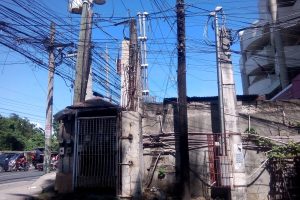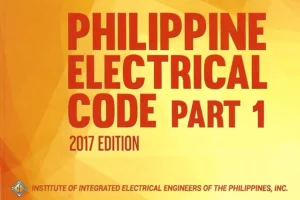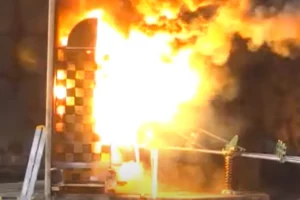Abstract
In the Philippine construction industry, Electrical Engineering is often marginalized, resulting in unsafe installations, non-compliance with technical standards, and rampant use of unlicensed practitioners. The situation is further exacerbated by systemic corruption and professional boundary violations by other disciplines. This article outlines the major challenges confronting the electrical engineering profession, proposes reform measures, and highlights the critical role...
Power System Study Requirements under the Philippine Electrical Code (PEC 2017): A Technical Guide for Filipino Electrical Engineers
Introduction
The Philippine Electrical Code (PEC) 2017 Part 1, aligned with international best practices, mandates the Power System Study (PSS) as an integral part of the electrical design process for ensuring safe, efficient, and reliable operation of electrical installations. This article explores the PEC clauses relevant to power system study requirements, its scope, applications, and the scenarios where...
Arc Flash Hazard Mitigation: A Comparative Analysis of IEC and IEEE/ANSI Standards
1. Introduction
Arc flash hazards pose serious risks to personnel, equipment, and facility operations in both industrial and utility-scale electrical systems. Mitigation of these hazards is governed by international standards which provide frameworks for calculation, design, protection, and personnel safety. Two major frameworks dominate global practice: the International Electrotechnical Commission (IEC) and the Institute of Electrical and Electronics...
Provisions for Lightning Protection in the Philippine Electrical Code (PEC 1 – 2017)
Introduction
Lightning strikes pose a significant risk to structures, sensitive electronic systems, and life. In the Philippines, where thunderstorms are frequent, the need for reliable lightning protection systems (LPS) is essential. While the Philippine Electrical Code Part 1 (PEC 1 - 2017) does not provide a comprehensive design methodology for LPS, it outlines key safety requirements, bonding provisions, and...
Core Skills of a Designer Electrical Engineer – Part 2
Abstract
Note: Refer to this link for Part 1.
The role of a Designer Electrical Engineer (DEE) is pivotal in the successful planning, design, and lifecycle performance of electrical systems across a variety of sectors, including industrial, commercial, utility, and infrastructure. This article explores the essential core skills required by a DEE, focusing on four major design competencies: safety,...
Core Skills of a Designer Electrical Engineer – Part 1
Abstract
Note: Refer to this link for Part 2.
The role of a Designer Electrical Engineer (DEE) is pivotal in the successful planning, design, and lifecycle performance of electrical systems across a variety of sectors, including industrial, commercial, utility, and infrastructure. This article explores the essential core skills required by a DEE, focusing on four major design competencies: safety, equipment...







